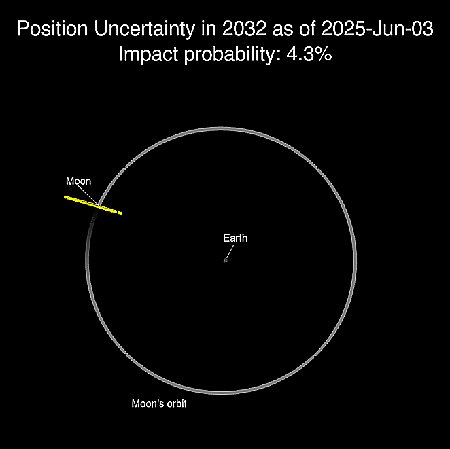Chinese robotic servicing satellite now approaching another Chinese servicing satellite
It now appears that one Chinese robotic servicing satellite, Shijian-25, is now approaching another Chinese servicing satellite, Shijian-21, and it is expected that the two will eventually dock in order to test refueling technology.
Shijian-25 was launched in January to test on-orbit refueling and mission extension technologies, while Shijian-21 was launched in October 2021.
Shijian-21 has already executed its primary mission, docking with the defunct Beidou-2 G2 navigation satellite and towing it into a graveyard orbit above GEO. It had been passively drifting westward in GEO for much of the last year, according to COMSPOC, suggesting it may have run out of fuel, but it recently initiated maneuvers taking it towards Shijian-25.
Shijian-21 has since parked at 127.5 degrees East. Now, Shijian-25 is drifting eastwards towards Shijian-21. The two satellites are in a phased orbit, meaning their key orbital elements—such as semi-major axis, eccentricity, inclination, right ascension of the ascending node and argument of perigee—are nearly identical, but remain separated by a distance along the same path. This minimizes fuel required for a future rendezvous. The pair are expected to meet June 11 at current rate of approach, though Shijian-25 will likely slow down as it closes in.
In other words, China used the older satellite to test docking and tug operations, and now plans to use the new satellite to refuel it for further operations.
Nor are these the only satellites that are maneuvering into the area. Two American military surveillance satellites have moved in, are flying in parallel, and are likely there to observe the Chinese operations.
It now appears that one Chinese robotic servicing satellite, Shijian-25, is now approaching another Chinese servicing satellite, Shijian-21, and it is expected that the two will eventually dock in order to test refueling technology.
Shijian-25 was launched in January to test on-orbit refueling and mission extension technologies, while Shijian-21 was launched in October 2021.
Shijian-21 has already executed its primary mission, docking with the defunct Beidou-2 G2 navigation satellite and towing it into a graveyard orbit above GEO. It had been passively drifting westward in GEO for much of the last year, according to COMSPOC, suggesting it may have run out of fuel, but it recently initiated maneuvers taking it towards Shijian-25.
Shijian-21 has since parked at 127.5 degrees East. Now, Shijian-25 is drifting eastwards towards Shijian-21. The two satellites are in a phased orbit, meaning their key orbital elements—such as semi-major axis, eccentricity, inclination, right ascension of the ascending node and argument of perigee—are nearly identical, but remain separated by a distance along the same path. This minimizes fuel required for a future rendezvous. The pair are expected to meet June 11 at current rate of approach, though Shijian-25 will likely slow down as it closes in.
In other words, China used the older satellite to test docking and tug operations, and now plans to use the new satellite to refuel it for further operations.
Nor are these the only satellites that are maneuvering into the area. Two American military surveillance satellites have moved in, are flying in parallel, and are likely there to observe the Chinese operations.










